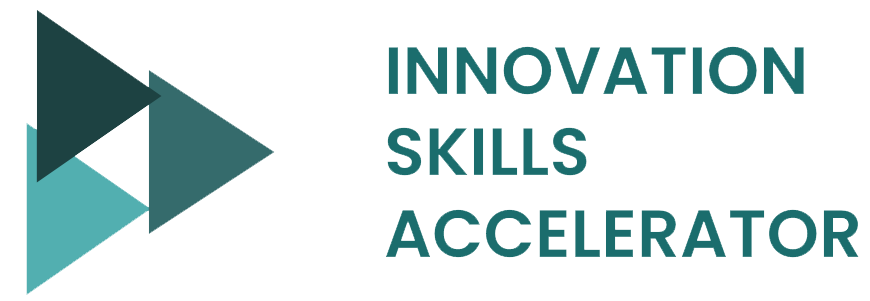Correct! The information must be technically accessible, meaning data must be available in a form that a computer can access and use.
Unfortunately, that’s not correct. That can be a characteristic of open data but here we’re looking for a technical description of how information needs to be presented so it can be accessed.
That’s right! The data must be licensed in such a way that anyone can use and reuse the information without fee or restriction.
Sorry, that’s not correct. Hint: When data is “legally” open it’s able to be used for a very wide range of purposes.
That’s right! Making data open enables others to join in the effort to solve problems and provides the opportunity to bring a wider range of skills and resources to the task.
Sorry, that’s not correct. Hint: While open data had its origins in pro-democracy activism it’s now part of a broader movement where various people and organizations can work together.
Correct! Open data can catalyze greater business competition and entrepreneurship, and open government data is a core business asset for thousands of companies worldwide.
Unfortunately, that’s not correct. It’s higher.
That’s right! It was one way of turning the principles of the Memorandum on Transparency and Open Government - an important milestone in open data policy - into practice. Data.gov now hosts almost a quarter of a million datasets that you can access.
Sorry that’s not right. Hint: It’s even fewer characters to type in your search engine!
You're right but there's more to this answer. Please try again!
Correct! This is made up. All the others are examples of how open data policy is being embedded into the way the public sector solves problems. OPEN calls for inventorying and publishing all government information as open data. DATA calls for publishing all federal government spending data as open data in standardized formats while the Executive Order helped to advance open data implementation in federal agencies.
Sorry that’s incorrect. This IS one of the supporting mechanisms.
You're right but there's more to this answer. Please try again!
Correct! What’s more, only 7% of the data governments collect is fully open, only one of every two datasets is machine readable, and only one in four datasets has an open license. So there remains enormous potential for strong open data policies to improve both access to and the use of data.
Sorry, that’s not it. It’s higher.
You're right but there's more to this answer. Please try again!
Correct! And there are many more you can access depending on your field of interest, such as the EPA for environmental Data, the US Department of Labor for labor data, or the FBI for crime statistics.
Sorry, that’s not right. There’s just one that doesn’t really fit this list. HINT: It’s open data we are accessing so it’s free.
You're right but there's more to this answer. Please try again!
Correct! DataDives are all about collaboration between people - they bring together internal and/or external partners with relevant expertise in high energy events to prepare data for use and to help analyze it.
Sorry, that’s incorrect.
You're right but there's more to this answer. Please try again!
Correct! It's a good example of how to encourage those with relevant expertise to come forward and help you turn your open data into practical and valuable tools for the public.
Sorry, that’s not correct. HINT: You probably have a number of these on your smartphone.
You're right but there's more to this answer. Please try again!

